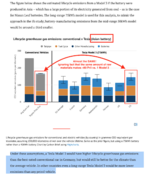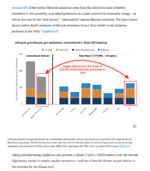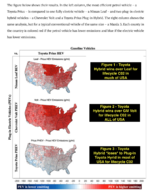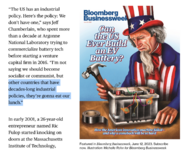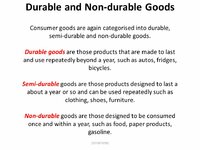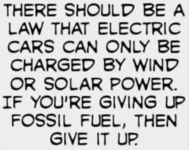I have the same opinion, that maintaining our old "grandpa" mobiles, and making sure they are running properly is the best thing we can do. Unfortunately, the same Washington Post article references CarbonBrief article that if you use their numbers, getting an EV may still be the better choice especially if it is your daily driver. Our hobby cars don't count here.
Factcheck: How electric vehicles help to tackle climate change
The graph below is the key to the article and you can hover with your mouse pointer over each section to see the grams of CO2 emitted per km. This chart has been normalized to 150km (93k miles) vehicle lifetime which I thought was low.
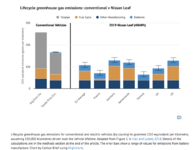
So according to this chart;
ICE vehicle manufacturing:
6,900kg of C02
BEV manufacturing (vehicle + battery):
9,750kg of C02 (
40% more C02 to make a BEV)
At that point you have to make the gasoline or make the electricity which isn't CO2 neutral (unless you live in Norway). And that is the interesting part, making electricity will just get greener and greener every year, as will making gasoline, but probably not at the rate of that electricity manufacturing will get green (i.e. carbon neutral).
ICE cars also have emissions, which in this chart the CO2 emits out the tailpipe at a rate of 165g/km (average 2019 Euro car). Gerry's baller G-wagon is probably twice that. But let us stick with 165g/km.
That means you can go 9,750kg / 0.165 = 59,000km (
36,000 miles) in your old car to create the same CO2 as making a new BEV. That is NOT many miles. I was very much surprised by this.
This analysis, and I haven't dug much deeper, shows the best thing you can do now is buy a BEV and drive the wheels off of it. The more you drive the more you get to the "break even" point and start cashing in on the C02 emission savings.
All that being said, it looks to me like the next two cars I get for my wife and I will be twin-turbo V8s!!!

- long distance charging infrastructure still sucks unless you have a Tesla (a used Model 3 however, just hitting $30k, is the perfect ECO commuter car, I am fighting my brain logic to not buy one now)
- performance BEVs cost a crap ton of money (e.g Taycan, EQE), a certified used ICE BMW or Mercedes of Lexus IS500 is a bargain in comparison












